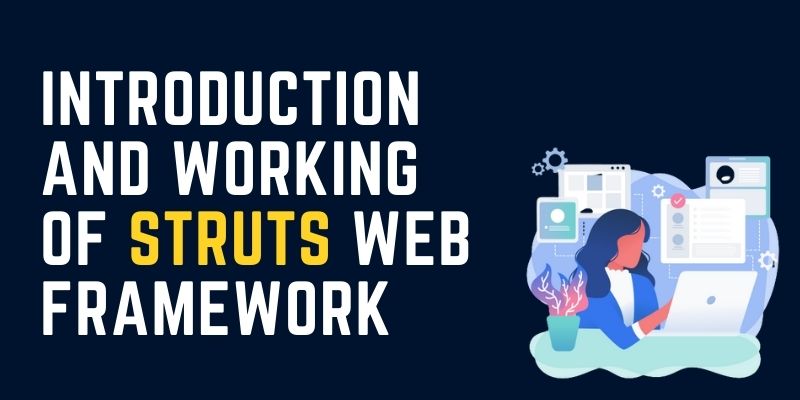Introduction:
Struts is a framework for building web applications that employ servlets and JSP. The MVC (Model View Controller) framework is required by Struts. The Struts application is a true web app. Because struts use J2EE design principles, they are extremely beneficial in developing J2EE (Java 2 Platform, Enterprise Edition) applications. These J2EE design patterns, including MVC, are followed by Struts. In this article let’s discuss what is struts in Java and the features of struts in java and its working methodology. If you want to learn more about struts then join Struts Training in Chennai with certification and placement support for your career enhancement.
The composite view in struts handles the layout of its sub-views and can apply a template, enabling a consistent appearance and feel throughout the entire application easy to build and customize. A composite view is constructed up of various reusable subviews so that any changes made to one are automatically updated in all composite views.
Struts Framework in Java:
Struts is a Java framework for building web applications that are typically based on servlets and JSP. It makes web application development and maintenance easier by providing predefined capabilities. It is built on a front controller, which means it has a controller in front of it that determines whether or not a model request should be sent. Struts in Java are quite useful for us because MVC is a standard that all modern technologies follow. There is no better way to simplify web apps than by using MVC. Struts aren’t given out.
Features Of Struts in Java:
- Because Struts is built on “time-proven” design patterns, it fosters sound design techniques and modeling.
- Struts are almost simplistic, making it straightforward to understand and operate.
- Many useful features, such as input validation and internationalization, are available.
- It removes a lot of the complexity by allowing you to utilize struts instead of creating your own MVC framework.
- Struts and J2EE are extremely nicely integrated.
- Struts have a huge user base.
- Because it is flexible and extendable, existing web applications can easily adapt to the struts framework.
- Tag libraries are provided by Struts.
- It allows you to save data from input forms into Javabean objects called Action forms.
- Standard error handling was also delegated, both declaratively and programmatically.
You can enhance your career by joining Struts Training Institute in Chennai with certification and placement support that also provides you with training from professionals.
Working Of Struts:
The controller corrected a configuration file during the initialization process and used it to deploy other control layer objects. These objects are combined to construct the Struts configuration. The action mappings for an application are defined by the struts configuration.
The action mappings are taken into account by the Struts controller servlet, which then routes HTTP requests to other framework components. The request is sent to action first, then to JSP. The controller uses the mapping to convert HTTP requests into application actions. The action objects can manage and reply to the client’s request (generally a web browser). The applications controller servlet, as well as the servlet’s methods, are accessible to action objects. When giving the control, an action object might indirectly convey one or more share objects, such as JavaBeans, by putting them in the same situation as java servlets.
Attention Reader! Join Struts Course in Chennai with certification and placement support for your career enhancement.
Conclusion:
I hope that this blog helps you to get some valuable information about Struts. If you want to learn more about Struts then join FITA Academy because it provides you training from real-time working experts with certification and placement support for your career enhancement.



